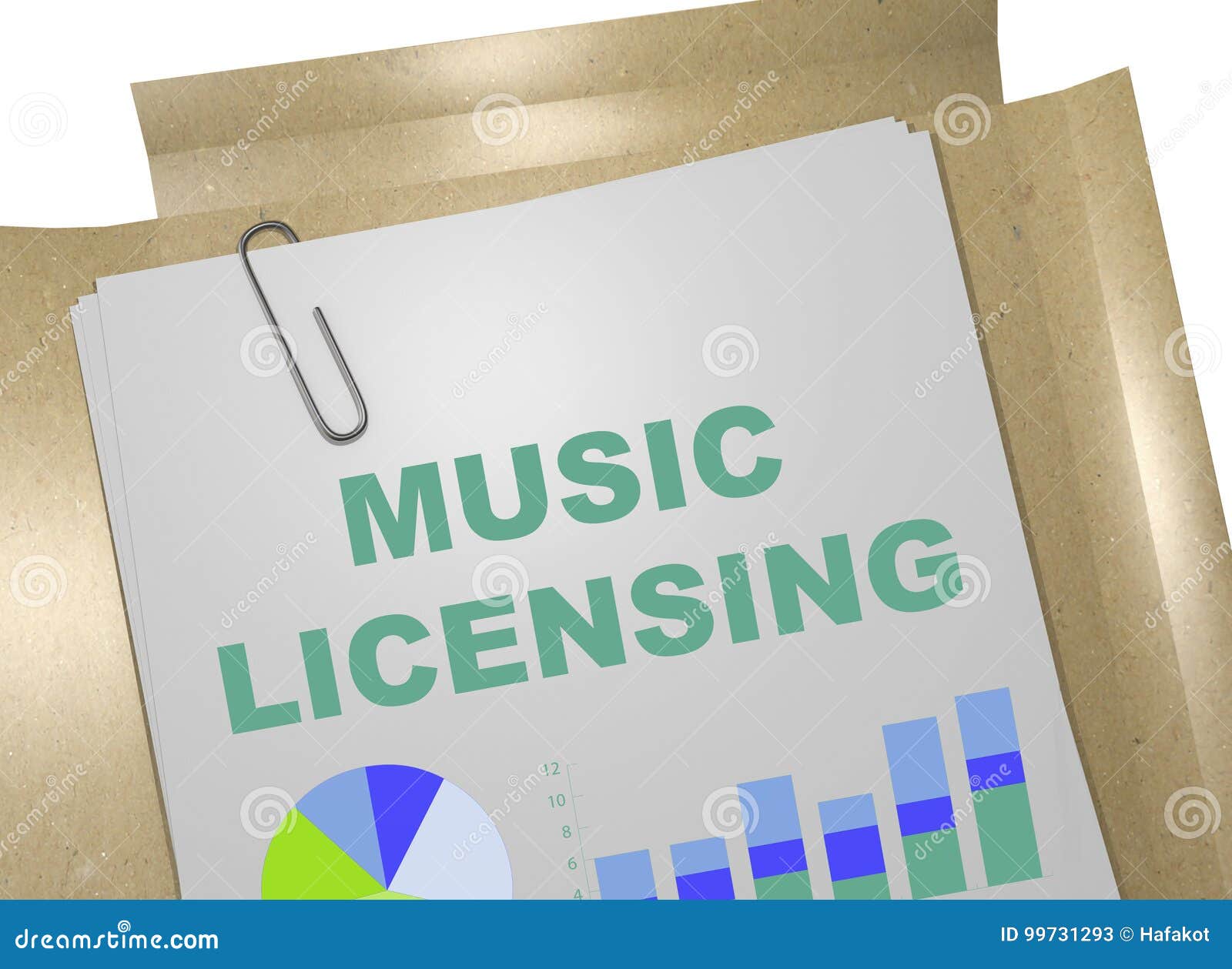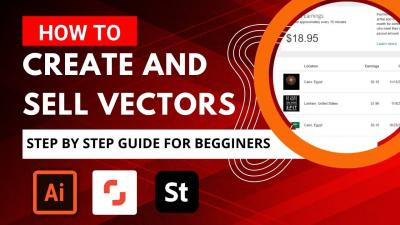If you’ve ever wondered how creators and businesses get the right to use music in their projects, Shutterstock Music Licensing is a great place to start. Shutterstock offers a vast library of royalty-free tracks that can add that perfect touch to videos, ads, or any creative work. But understanding how licensing works and what it costs can be a bit confusing at first. In this post, we’ll break down the essentials so you can navigate
Factors Influencing Shutterstock Music Licensing Fees
When it comes to licensing music on Shutterstock, several key factors influence the costs you’ll encounter. Knowing these can help you better plan your budget and choose the right license for your needs. Here’s a closer look at what impacts the licensing fees:
- Type of License: Shutterstock offers different licensing options, primarily Standard and Extended licenses. The Standard license is suitable for most online projects, but if you plan to use the music in larger-scale productions, broadcast, or commercial campaigns, an Extended license might be necessary. Naturally, Extended licenses tend to be more expensive.
- Usage Scope: How you plan to use the music significantly affects the cost. For example, using a track in a YouTube video with a small audience will cost less than licensing the same track for a nationwide TV commercial or a large event. The scope of distribution, reach, and duration all matter here.
- Duration of Use: Some licenses are priced based on how long you’ll use the music. A one-time use for a short project costs less than a license that grants ongoing or perpetual rights. Always check if the license fee includes unlimited use or if it’s limited to a certain timeframe.
- Type of Project: Commercial projects, such as advertisements, films, or corporate videos, usually have higher licensing fees than personal or non-commercial projects. The intended purpose influences the licensing structure and price.
- Track Popularity and Complexity: Popular or complex tracks with unique arrangements tend to be priced higher. Less well-known or simpler compositions might be more budget-friendly.
- Additional Licensing Options: Sometimes, you might want to customize your license with add-ons like multi-platform usage or international rights. These extras can increase costs but provide more flexibility.
Understanding these factors can help you select the most appropriate and cost-effective license for your project. Always review the licensing details carefully on Shutterstock to ensure you’re compliant and avoid unexpected costs down the line. Planning ahead means you can focus more on your creative work and less on licensing surprises!
Pricing Options for Shutterstock Music Licenses
When it comes to licensing music on Shutterstock, you’ll find that the pricing options are pretty straightforward, but they can vary depending on your specific needs. Shutterstock offers a range of licensing plans designed to fit different types of projects, whether you’re creating a quick social media video or producing a full-length film.
Here’s a quick breakdown of the typical licensing options:
- On-Demand Licensing: This is a pay-per-use model where you purchase a license for a specific track. It’s perfect if you only need a few songs and want to keep things simple. Prices usually start at around $50 to $200 per track, depending on the intended use and resolution.
- Subscription Plans: If you’re regularly working with music, a subscription might be more cost-effective. Shutterstock offers various plans, such as monthly or annual subscriptions, granting you access to a certain number of downloads per period. These plans often include a set number of music licenses, which can significantly reduce the per-track cost.
- Enterprise or Custom Licensing: For larger projects or business needs, Shutterstock can offer customized licensing agreements. These are tailored to your project’s scope and may include extended rights or higher-quality audio files. Pricing here varies based on negotiation.
Additionally, licensing types can differ—standard licenses typically cover online use, social media, and internal projects, while enhanced or extended licenses might be necessary for commercial broadcasts, TV, or film distribution. Always double-check the license details to ensure you’re compliant and avoid unexpected costs down the line.
In summary, Shutterstock provides flexible options with transparent pricing, making it easier to find a plan that fits your budget and project scope. Whether you need a one-off song or a library subscription, there’s likely a licensing option that works for you.
How to Determine the Cost for Your Project
Figuring out how much you’ll spend on Shutterstock music licensing might seem tricky at first, but breaking it down into manageable steps can make it much easier. The key is understanding your project’s needs and matching them with the right licensing options.
Here’s a simple process to help you estimate your costs:
- Assess Your Project Scope: Consider the type of project you’re working on—Is it a social media clip, a corporate video, a commercial, or a full-length film? The scope impacts the type of license you’ll need.
- Determine Usage and Distribution: Think about where and how the project will be used. Will it be online only, or will it be broadcast on TV or in theaters? Extended licenses are usually needed for broader distribution.
- Estimate the Duration and Reach: Longer projects or those with a wide audience may require higher-tier licenses. For example, a short Instagram story might cost less than a nationwide TV commercial.
- Choose the Appropriate License Type: Match your project needs with the licensing options discussed earlier—on-demand, subscription, or custom. Remember, standard licenses are usually sufficient for most online content, but larger projects might need extended rights.
- Calculate the Total Cost: Using the prices per track or subscription fees, multiply accordingly. For example, if a track costs $100 for a standard license and you need three tracks, that’s $300. If you’re on a subscription plan, divide the monthly fee by the number of tracks you plan to use.
To make this process even clearer, consider creating a simple table like this:
| Project Type | License Needed | Estimated Cost |
|---|---|---|
| Social media clip (short, online use) | Standard on-demand license | $50 – $150 |
| Corporate video (internal use) | Standard license or subscription | $100 – $300 |
| TV commercial (broad distribution) | Extended license | $200 – $500+ |
| Feature film or documentary | Extended or custom license | Varies significantly |
Ultimately, the goal is to balance your project’s requirements with your budget. By carefully evaluating your needs and understanding the licensing options, you can accurately estimate costs and avoid surprises. Remember, investing in the right license ensures your project remains compliant and professional, giving you peace of mind as you share your work with the world.
Tips for Saving Money on Shutterstock Music Licenses
We all love finding ways to keep our projects professional without breaking the bank, right? When it comes to Shutterstock music licensing, there are definitely ways to save some dollars while still getting the quality tunes you need. Here are some practical tips to help you keep your costs in check:
1. Understand Your Needs Clearly
Before diving into licensing, take a moment to clearly define what you need. Are you using the music for a one-time video project, or do you plan to use it across multiple platforms and projects? Shutterstock offers different licensing options, so choosing the right one from the start can prevent unnecessary expenses.
2. Opt for Royalty-Free or Standard Licenses When Appropriate
Shutterstock provides various licensing options, including Standard and Enhanced licenses. If your project doesn’t require the extended rights of an Enhanced license, sticking with the Standard license can save you money. Also, look out for royalty-free tracks, which often come at a lower cost and can be reused in multiple projects.
3. Use Filters and Search Tools Effectively
When browsing for music, utilize Shutterstock’s filtering options. You can sort by price, genre, or duration to find tracks that fit your budget. Sometimes, a slightly less popular or less mainstream track can be a more affordable option that still perfectly fits your project.
4. Subscribe for Better Value
If you frequently need music, consider subscribing to Shutterstock’s music plans. Subscriptions often provide a lower cost per track compared to individual purchases. This is particularly beneficial if you have ongoing content creation needs.
5. Keep an Eye Out for Promotions and Discounts
Shutterstock occasionally offers discounts, bundle deals, or promotional codes. Staying subscribed to their newsletter or regularly checking their website can alert you to these savings opportunities. Timing your purchases during sales can make a big difference!
6. Consider Alternative Licensing Options for Small Projects
If your budget is tight, explore whether you can use free or lower-cost music sources for your smaller projects. However, always ensure the licensing is clear and legal for commercial use to avoid any copyright issues down the line.
Conclusion and Final Thoughts on Shutterstock Music Licensing Costs
Understanding the costs associated with Shutterstock music licensing might seem a bit complex at first, but once you get the hang of the different options and how to optimize your choices, it becomes much more manageable. Remember, the key is to align your licensing type with your project’s scope and budget. Whether you’re creating a quick social media clip or a full-length documentary, there’s a licensing solution that fits your needs and your wallet.
Moreover, being strategic—like leveraging subscriptions, watching for discounts, and selecting the right license—can significantly reduce your expenses. Always prioritize legal and ethical use of music to protect your work and reputation. With a little planning and savvy shopping, you can access high-quality music on Shutterstock without overspending.
Happy creating, and may your projects be both impactful and budget-friendly!



